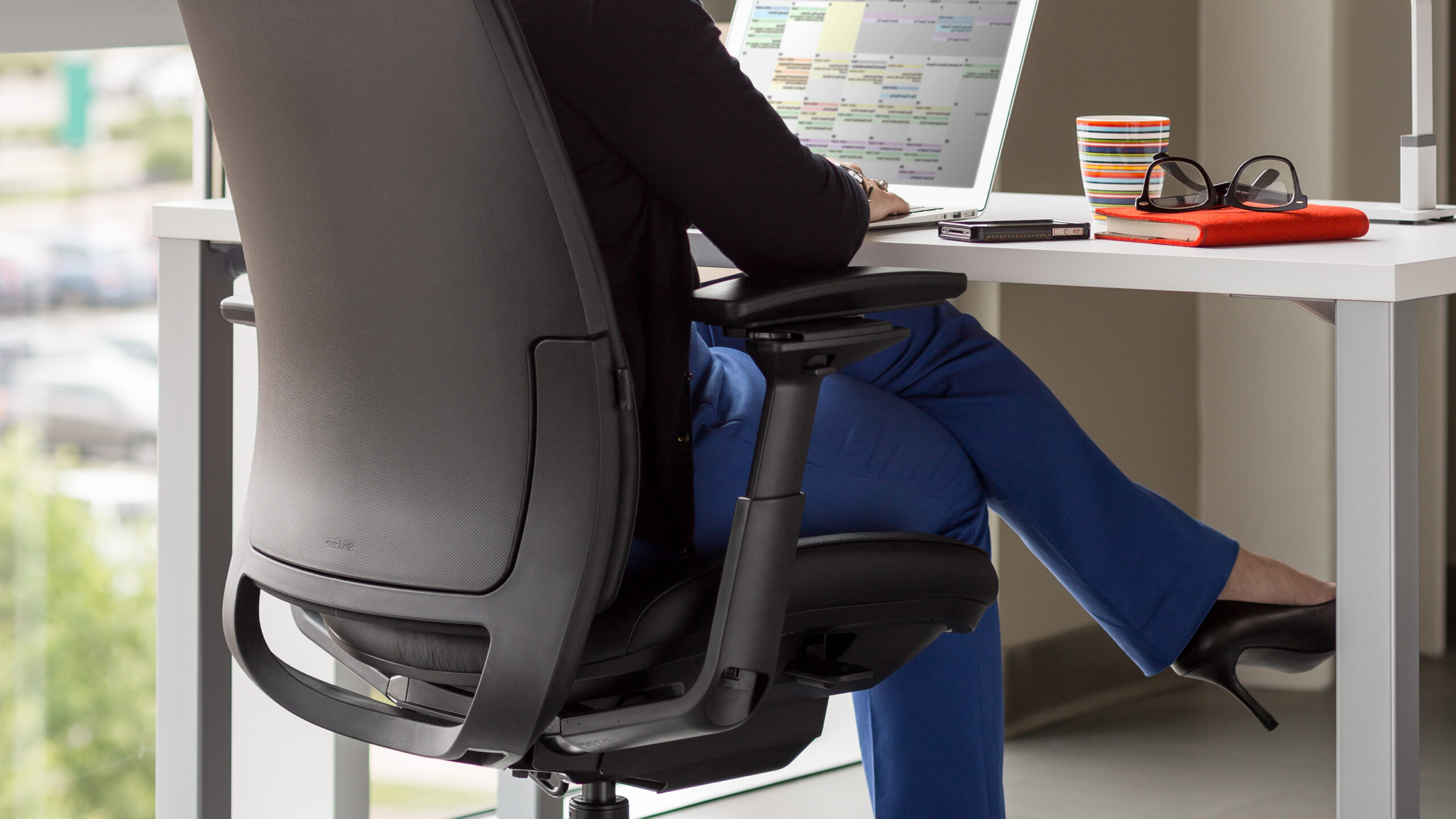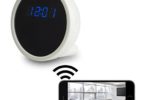Is Your Shopping Spinning Out Of Control?
Are you a compulsive spender? How do you know? Signs of compulsive shopping include being preoccupied with contemplating new purchases; buying excessive items; wishing you’ll feel happier when you get home from your shopping trip; undergoing something like a “high” during the purchase process; and perhaps feeling guilty after an item is purchased. If your shopping causes marital and/or financial problems but you continue to shop anyway, then you show signs of a compulsive shopper.
The accompanying infographic, The Psychology of Consumer Spending, provides a brief overview of consumer spending, highlighting compulsive purchasing. The graphic also provides sections about the reasons for compulsive shopping and how our brains react to it. Psychologists think that compulsive buying stems from a void in an individual’s life. This could be stemming from childhood, or the need for approval or excitement or, the simplest explanation yet, a lack of impulse control.
Regardless of the reason(s) why we shop — when we shop, we feel good. The reward part of our brain lights up, dopamine floods our system, and we are happy — at least for a while. The problem comes when a person is truly “addicted” to shopping. That’s when the brain craves more shopping, just like a drug addict’s brain cries out for more opioids or alcohol. It is important to understand that a shopping high is only temporary and will not provide long-term satisfaction.
If you believe that you are a “shopaholic,” is there anything you can do to curb the behavior? The first step is to identify the reasons for your compulsive spending. You may already know your reasons for compulsive shopping, but you may need to consult a psychologist to help sort through your troubles. Knowing what triggers your compulsive shopping (e.g., depression, negativity, loneliness or anxiety) makes it easier to stop. Feeling lonely? Call a friend. Anxious? Take a walk to calm down. For more deep-seated problems or chronic depression, please consult a professional.
One solution that seems to help many people is simply tearing up credit cards. Using cash for all or some of your purchases can reduce compulsive spending. When you pay with cash straight from your wallet, you’re more aware of how much you’re really spending and what you have left to spend. It really does work! Another solution is to plan. Make a shopping list with a budget and stick to it — you’ll be surprised at how few impulse purchases you make.

Continue reading to learn more about this interesting topic.






